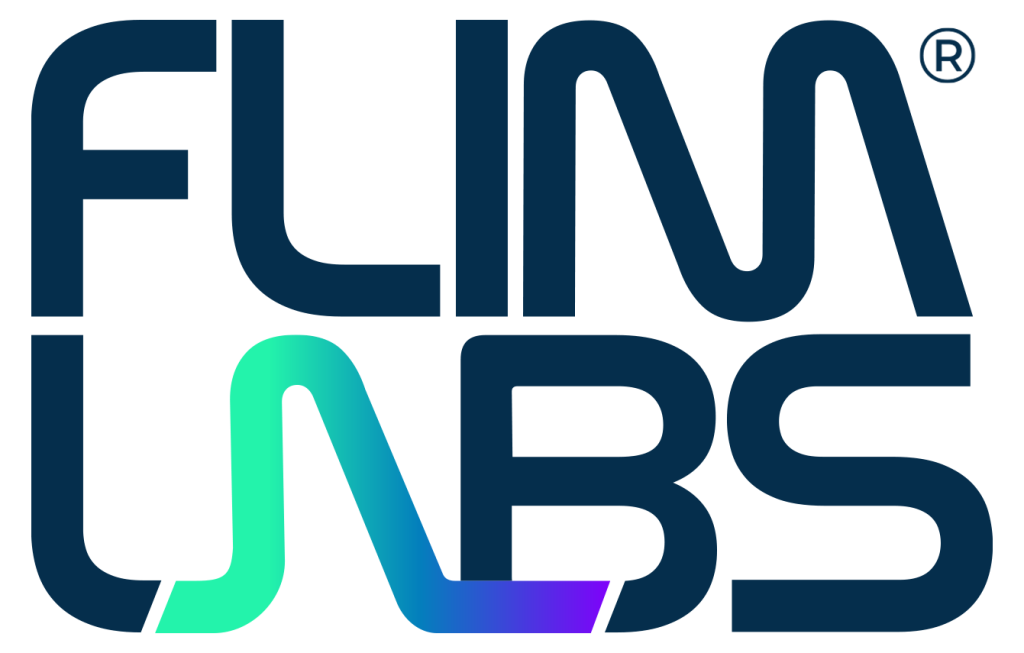What is agrifood?
The term agrifood is generally used to indicate the technological innovation directed at the improvement of food safety, production and sustainability. Along the past few years, several companies have taken part in the challenge of introducing new ideas and instruments to enhance the quality and production of food, in order to meet the needs of a world that is growing quickly in an era of big demographic and climate changes.
FLIM LABS in Italy
FLIM LABS is an emerging force in the field of food and agriculture technology. Its goal is to create simple, small and affordable devices that can be handled by persons with any level of scientific experience. The concept behind FLIM LABS instruments is based on the detection and analysis of fluorescence decay, a physical process present in several organic objects, plants included. Indeed, leaves contain chlorophyll, the natural-occurring green pigment.
Applications of chlorophyll fluorescence
Interestingly, chlorophyll is also fluorescent, and its fluorescence signal has been widely used in different scientific studies to describe the effect of different kinds of stress on plants [1], such as herbicides [2] , or to assess their photosynthesis performance [2].
The detection and the analysis of chlorophyll fluorescence decay are key aspects for the development of a new technology that will shape the way in which food control will be performed. FLIM LABS produces devices that can be either easily combined with pre-existing instruments or used as standing-alone instruments for quick, reliable on-the-field assays.
Agriculture is currently facing big changes, as it demonstrates the frequent introduction of vertical farming, where crops are cultivated in vertically stacked layers for optimizing plant growth and reducing water usage. FLIM LABS has already developed components such as the Data Acquisition Card and the CFD Module and both can be easily combined for different innovative applications.
Bibliography
[1] Kate Maxwell, Giles N. Johnson, Chlorophyll fluorescence—a practical guide, Journal of Experimental Botany, Volume 51, Issue 345, April 2000, Pages 659–668.
https://doi.org/10.1093/jexbot/51.345.659
[2] Noble, E., Kumar, S., Görlitz, F.G. et al. In vivo label-free mapping of the effect of a photosystem II inhibiting herbicide in plants using chlorophyll fluorescence lifetime. Plant Methods 13, 48 (2017).
https://doi.org/10.1186/s13007-017-0201-7
[3] Guidi Lucia, Lo Piccolo Ermes, Landi Marco Chlorophyll Fluorescence, Photoinhibition and Abiotic Stress: Does it Make Any Difference to Be a C3 or C4 Species? Frontiers in Plant Science, 10, 2019.
https://www.frontiersin.org/articles/10.3389/fpls.2019.00174














